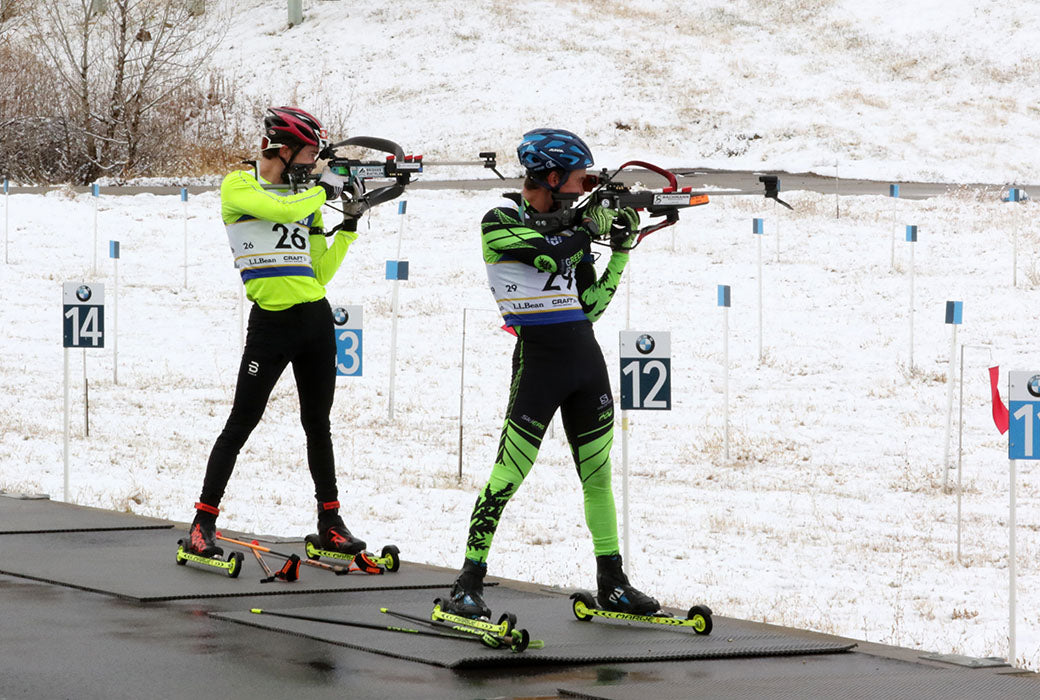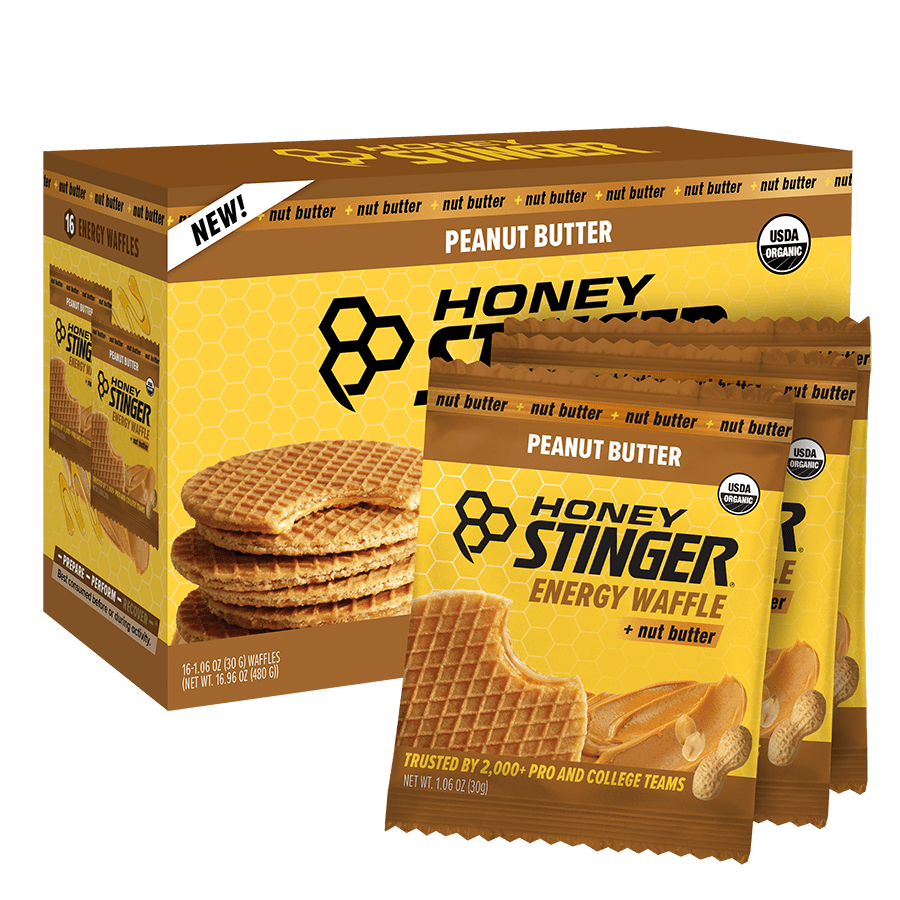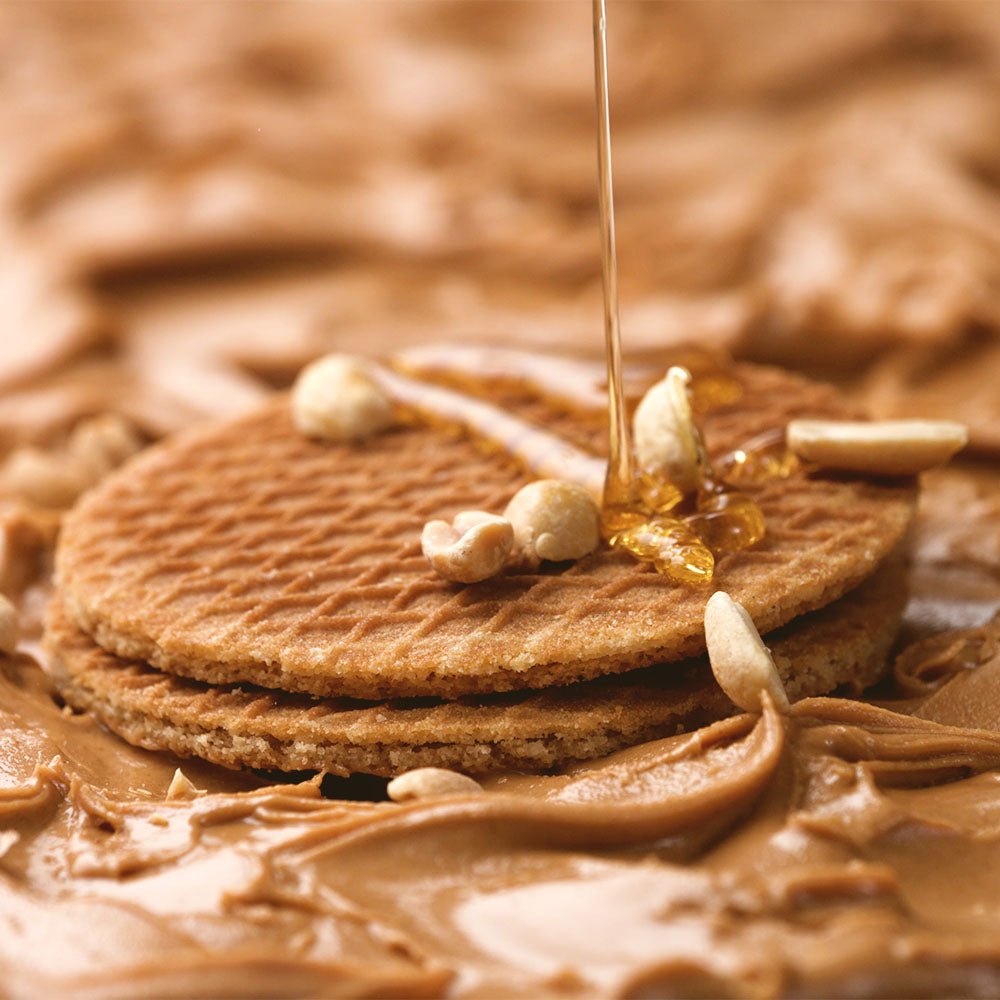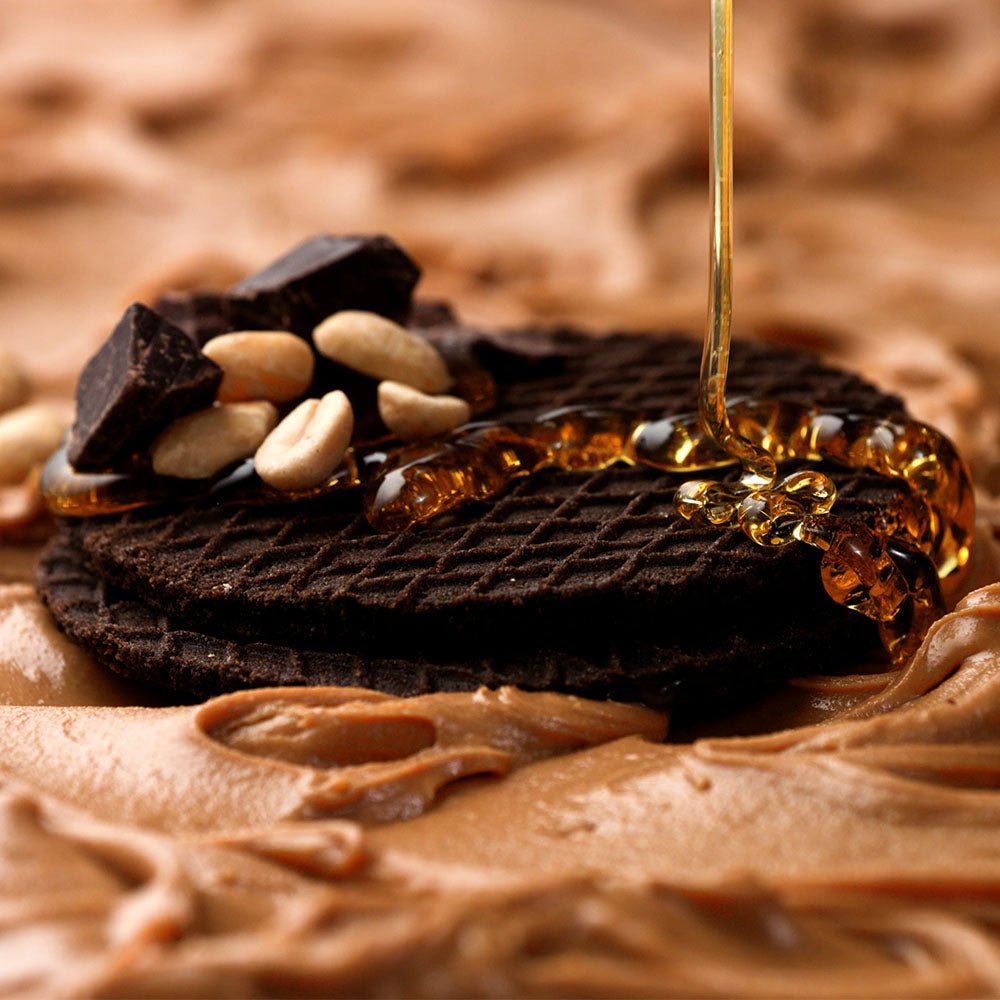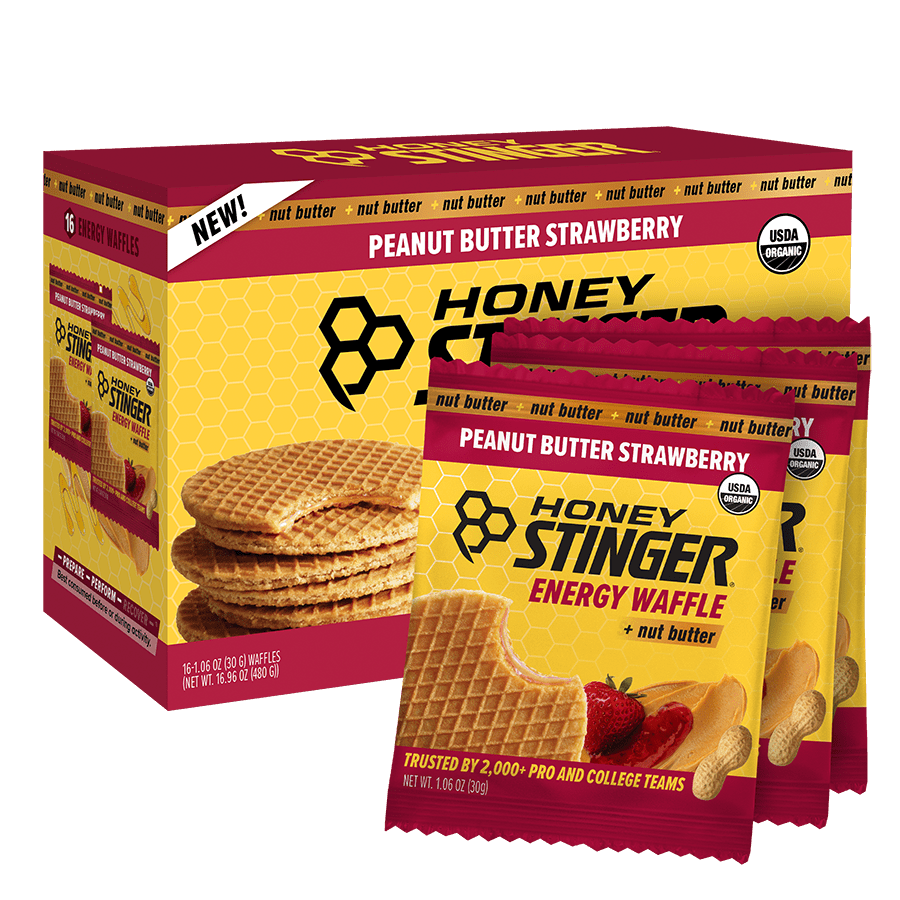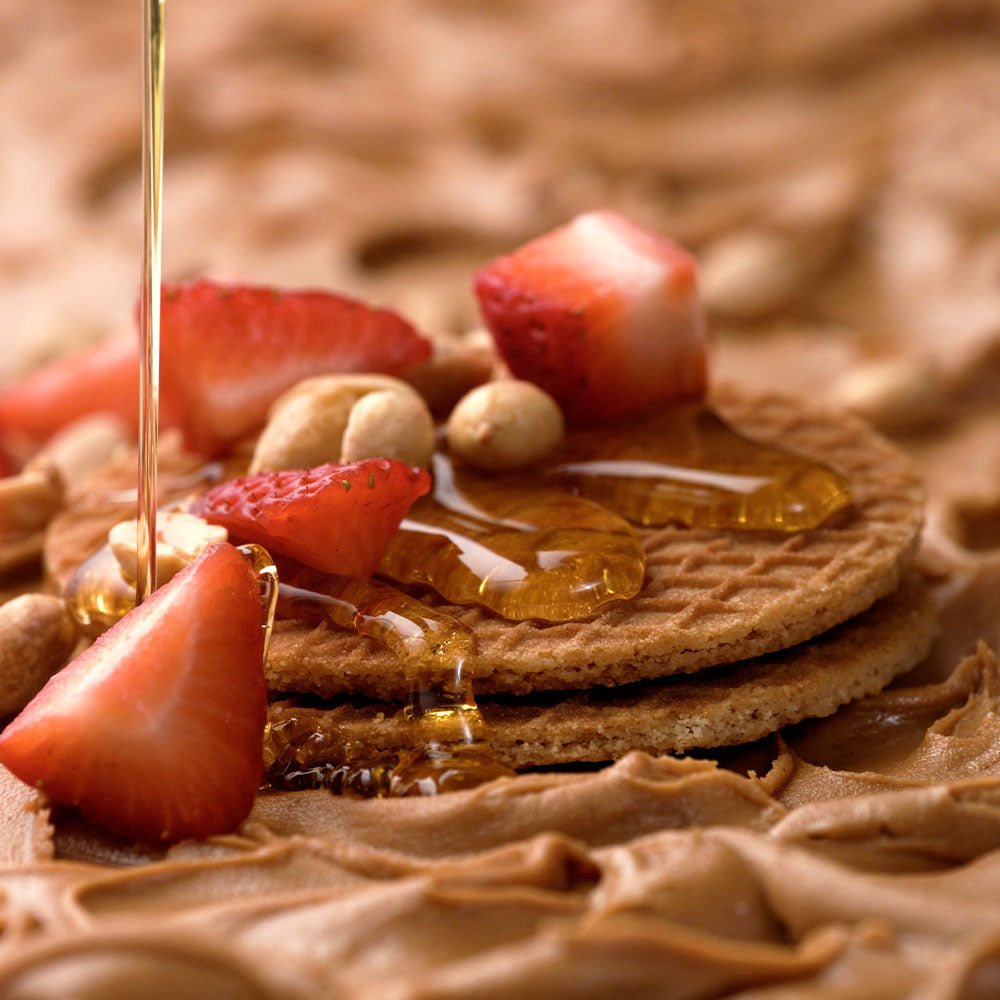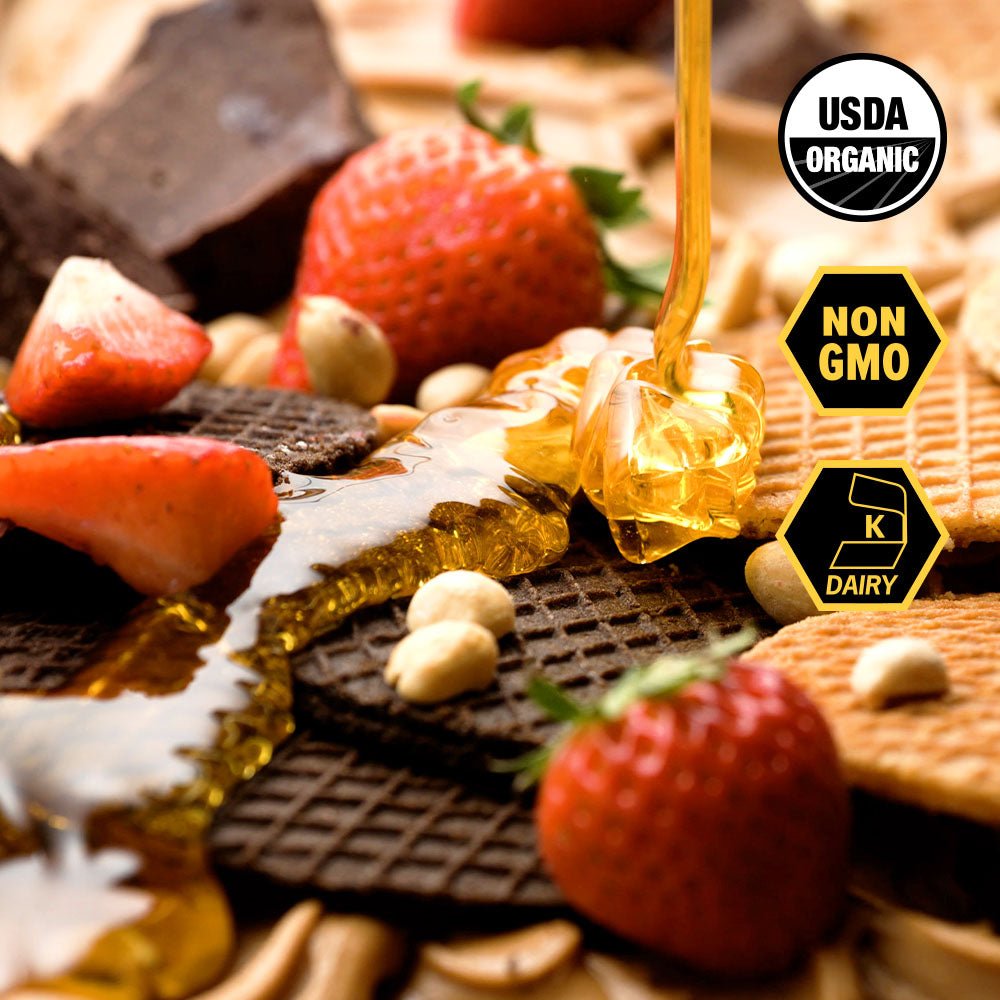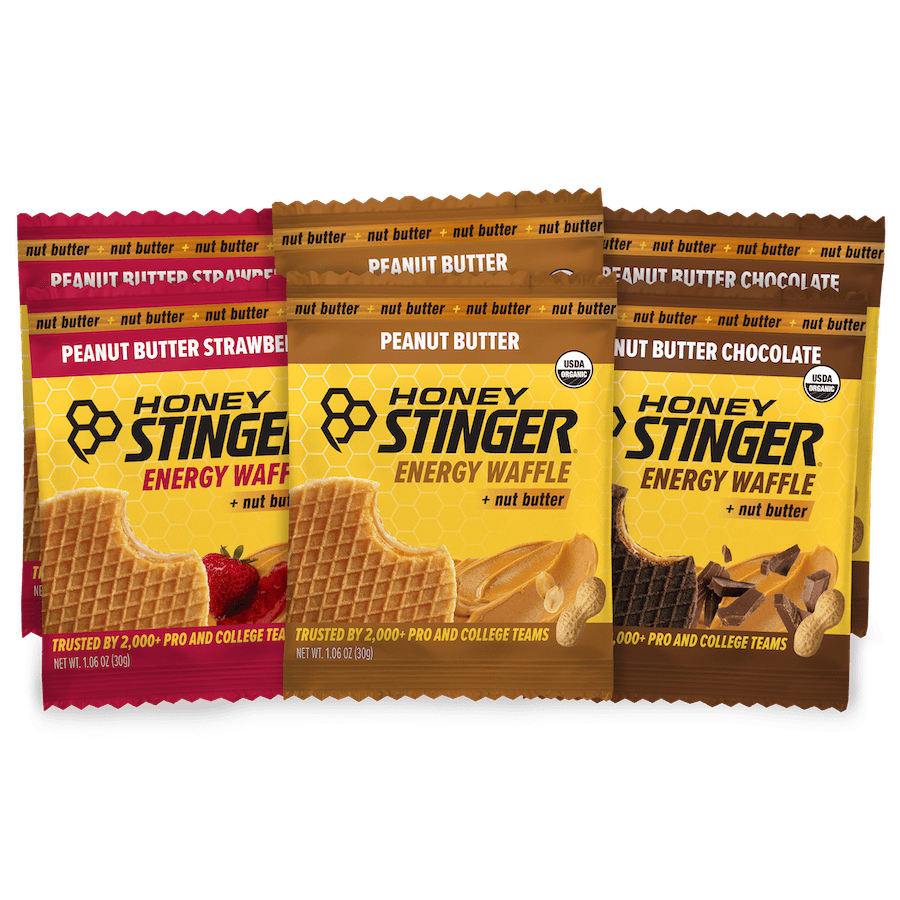Meet Biathlete Jake Brown
We checked in with Hive Biathlete Jake Brown to learn about the unique sport of biathlon, his pursuit of chasing perfection, and how he has learned to trust his training and breath into the moment.

 Photo by Alexander Hassenstein/Bongarts/Getty Images
Photo by Alexander Hassenstein/Bongarts/Getty Images

Athlete
Jake BrownWhere is home?
I am from St. Paul, Minnesota, which is where my parents live. I now live and train in Craftsbury Common, Vermont at the Craftsbury Outdoor CenterWhat is your primary sport?
BiathlonWhat is ski biathlon?
Biathlon is the sport of cross-country skiing and rifle shooting. Yes, we get to ski with a rifle on our back.How did you get into racing?
I started cross-country skiing at a young age in my mom and dad's Minneapolis backyard, ski raced through high school and in college, and was recruited to join the US Biathlon Development Program after finishing my NCAA eligibility as a master's student at Northern Michigan University. This winter is my fourth season as a biathlete and my second season competing for Team USA on the World Cup.How does biathlon differ from other sports?
Biathlon is unique in that it combines two sports that really do not fit together in any way, shape, or form. A fast cross-country ski race leads to a racing heartbeat, shaking muscles, and a nervous system gone haywire. Precision rifle shooting is best performed with a controlled heart rate, relaxed body, and calm, focused mind. Biathlon forces an athlete to be very good at not only achieving both states, but also switching quickly between them.What does a traditional biathlon competition look like?
International biathlon racing on the World Cup actually has six different formats. There are relays, interval start events of different kinds, and mass starts. The essential element to each is that racers ski a loop of a given distance while carrying a rifle on their backs. After a racer has completed a loop, he or she skis into a shooting range, loads the rifle, and shoots five bullets at a target that looks like five black dots in a row. When the biathlete hits one of those black targets, it turns white. In this way the athlete, officials, and spectators can see if the athlete hit or missed each of the five targets. For each miss, the athlete must either ski a penalty loop or have a time penalty applied. Each race consists of at least one shooting stage that is performed in prone position and one in a standing position. 
What is the most challenging aspect of your sport?
For me it has to be the moment I step on the shooting mat when I'm huffing and puffing. Amid mental and physical distress I must pull my focus away from any thoughts of pain, discomfort, doubt, and fear. I have to step into that moment of uncertainty, trust my training and ability, and execute.How do you train for each sport separately or have a combination of training to incorporate both?
In the fall and winter we almost exclusively shoot in a biathlon context, meaning we are only shooting in combination with skiing or running. We call this kind of training "combos." The summer is a good time in the training year to revisit precision shooting fundamentals and experiment with any equipment adjustments. What drives you to do what you do?
I want to chase perfection, and although I'll never reach it, I see the chase itself as a worthy pursuit. It's the pursuit to be the best that I can be.What is your greatest personal accomplishment in your sport or in your life?
Winning the team title at the NCAA National Championships in cross-country running together with my teammates at St. Olaf College in the fall of 2013. It was a special season that culminated in a special result.What are your goals for the future?
To enjoy my time as a biathlete and represent the USA well on biathlon's biggest stage. To live a life that spreads God's love and makes the world a better place.If you could have any superpower, what would it be and why?
To be able to look at any book and immediately comprehend everything its pages describe. Photo by Alexander Hassenstein/Bongarts/Getty Images
Photo by Alexander Hassenstein/Bongarts/Getty Images
How do you fuel for a race?
I nearly always consume a Honey Stinger Protein Bar after my morning training session. For distance workouts over 2 hours I will also eat a pack of energy chews halfway through. Gels work really well too if your stomach doesn't like solid food, but I personally prefer the chews. After interval workouts and races  I'll usually eat one of the more fast-absorbing products like Waffles or Energy Chews before I cool down to start replenishing my glycogen stores ASAP. Because we race so often in the winter, it's really important to keep glycogen stores filled. If you start getting depleted it can be really difficult to catch back up before the next race or workout. Finally, I'm a tea-drinker, especially during the winter. Last year I brought Honey Stinger Organic Wildflower Honey with me on the World Cup and would add it to my tea, which tasted great and also provided additional health benefits.Favorite place you've ever trained or competed?
For the combination of great training and racing, I'll choose Soldier Hollow, Utah. We spend so much time racing in Europe that it is special when we get a chance to race in the USA, and you can't beat the sunshine in the West.


